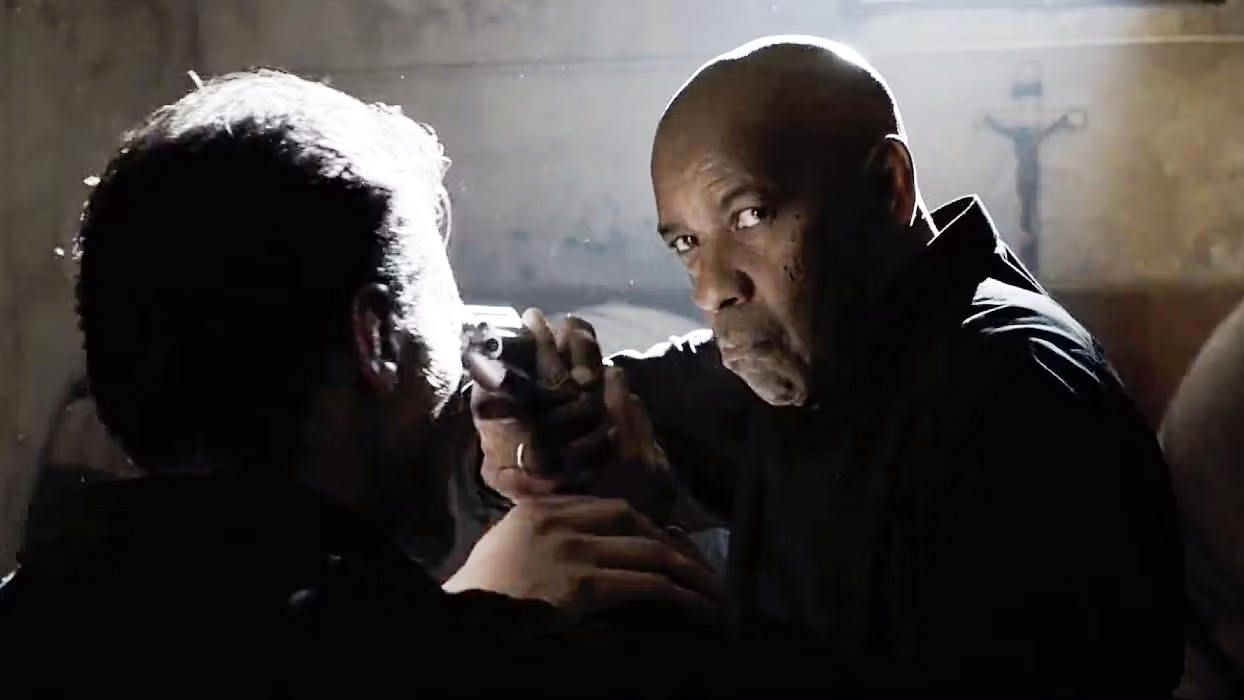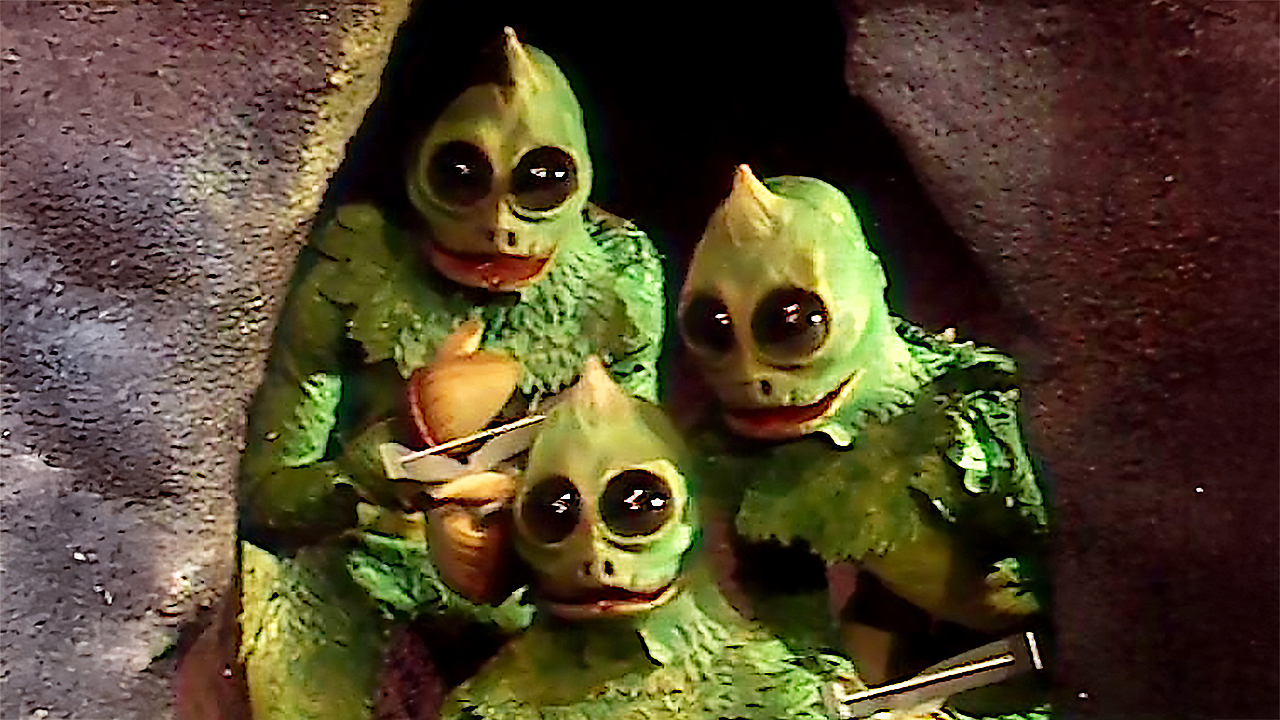Entertainment
The latest Entertainment breaking news, comment, reviews and features from the experts at T3
-

This trailer is appointment viewing before Apple TV+'s sci-fi epic returns
Foundation gets a much-needed recap
By Max Freeman-Mills Published
-

3 action franchises to binge on Netflix, Prime Video and Disney+
Here are three movie series available to stream that'll get your blood pumping...
By Brian Comber Published
-

Bensons for Beds revives its TV beds with colourful, sound-activated lighting
Bensons for Beds combines sleep, tech and lighting in its new TV bed range
By Bethan Girdler-Maslen Published
-

Sky buyout to affect millions of Sky TV customers in Europe
Sky Group is to sell a major part of its TV business
By Rik Henderson Published
-

Is this series quietly becoming one of Netflix's very biggest?
Trainwreck keeps churning out new material
By Max Freeman-Mills Published
-

Amazon makes seismic James Bond decision – and it's got a sci-fi twist
Fans of sci-fi movies will love the direction Amazon wants to take 007
By Rik Henderson Published
-

Cillian Murphy's huge new Netflix movie just got a very familiar teaser
Steve is his name
By Max Freeman-Mills Published
-

You need to watch this before Squid Game's new season arrives
A recap is always handy
By Max Freeman-Mills Published
-

Jeremy Renner's 18-year-old movie sequel is now on Netflix and Amazon
Do you remember Jeremy Renner's role in 28 Weeks Later?
By Mike Lowe Last updated
-

I never expected Apple TV+ to recast this hit show, but I'm here for it
Presumed Innocent will return
By Max Freeman-Mills Last updated
-

I'll definitely watch this Netflix sci-fi horror movie – with one hesitation
Brick looks amazing
By Max Freeman-Mills Last updated
-

HBO’s massive strategy shift promises to change everything about how you stream it
I've been waiting years for this
By Max Freeman-Mills Last updated
-

Netflix's most popular show gets another ingenious trailer ahead of huge second season
Wednesday's promos are brilliant
By Max Freeman-Mills Published
-

In favour of 4K Blu-ray: I’ve streamed hundreds of movies and shows, but you still can’t beat physical media
There's quality and then there's quality – and the difference is night and day
By Mike Lowe Published
-

Amazon's biggest star confirms the news we've all been waiting for
Reacher Season 4 is shooting now
By Max Freeman-Mills Published
-

I'm late to Apple TV+'s newest sci-fi once again – but now totally hooked
Murderbot is hilarious, brilliant sci-fi – showing Apple TV+'s dominance again
By Mike Lowe Published
-

Netflix's new Eric Bana series makes camping look like a really bad idea
Untamed is scary stuff
By Max Freeman-Mills Published
-

Amazon Prime Video’s new show makes me never want to live on a private island
We Were Liars is a mixed bag
By Max Freeman-Mills Published
-

I write about streaming services professionally and my favourite might be controversial – but I love it
Mubi is the one
By Max Freeman-Mills Published
-

One of Prime Video's steamiest shows gets season 3 trailer that fans are loving
One final season, for the road
By Max Freeman-Mills Published
-

Netflix resurrecting cult sci-fi favourite 50 years after it first aired
A long gone classic is set for new life at Netflix
By Rik Henderson Published
-

Ben Affleck's best-ever sequel just crashed Amazon's Top 10 – I didn't realise it existed, but will be watching
The Accountant 2 has jumped up the Prime Video charts
By Mike Lowe Last updated
-

Prime Video’s spin-off show is going to be huge, as first trailer wows
Ballard looks brilliant
By Max Freeman-Mills Last updated
-

Disney+ streams banned sci-fi epic, almost 40 years after scene first "caused terror"
Unedited James Cameron hit found its way onto the streaming service
By Rik Henderson Published
-

After 95%-rated season, one of Netflix’s best shows is already back with a season 3 trailer
The Diplomat isn't hanging around
By Max Freeman-Mills Published
-

Apple's grandest sci-fi show looks even better than I remember in new trailer
Foundation goes from strength to strength
By Max Freeman-Mills Published
-

Netflix queues up a transatlantic comedy feast with some huge stars
Too Much looks like a lot
By Max Freeman-Mills Published
-

Denzel Washington's new movie is now on Netflix – his best sequel ever
The Equalizer 3 is now streaming on Netflix
By Mike Lowe Published
-

Netflix's next likely number 1 revealed – and it's back to comedy
Watch Madea’s Destination Wedding rocket
By Max Freeman-Mills Published
